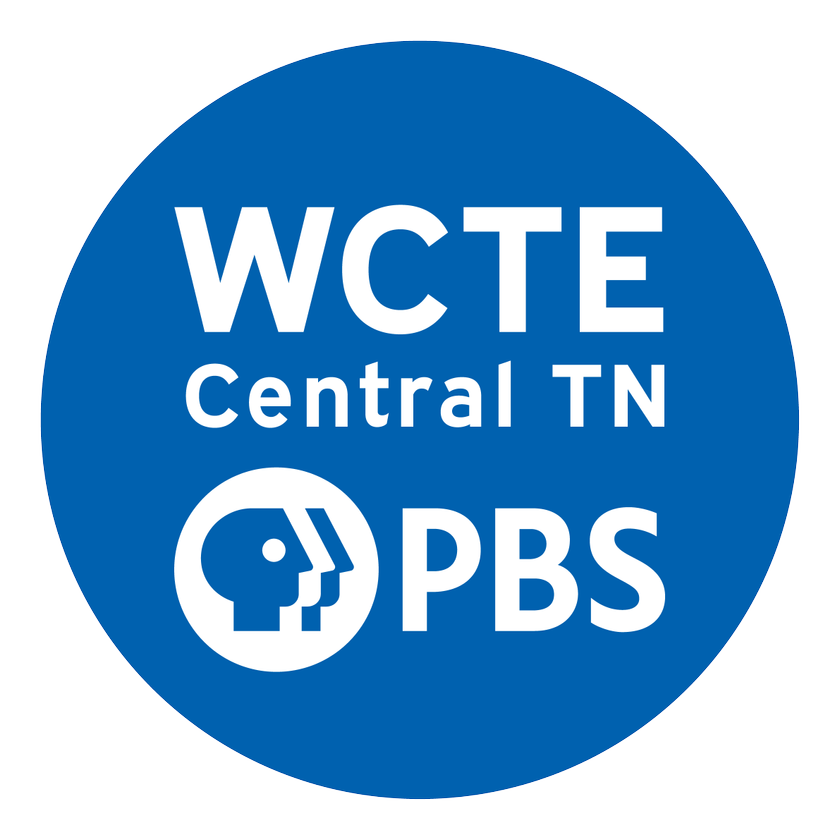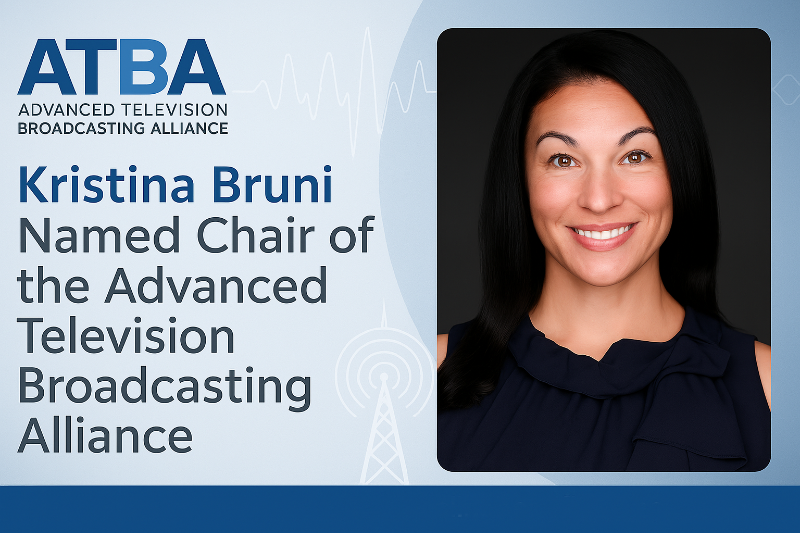Will SMPTE IP Standard Be Ready in 2017?
NEW YORK—With a new year underway, the roadmap to video over IP continues to take shape thanks to the continuing efforts made by AIMS, the industry consortium that now has the support of more than 40 companies. Since forming in late 2015 it worked through last year toward solving the basic challenges that the broadcast world faces in its transition to the IP protocol.
“The AIMS initiative has made significant progress since it was started just over a year ago,” said Steve Reynolds, CTO for Imagine Communications in Dallas. “In the 12 months since the consortium kicked off its efforts, the progress made toward the transition to IP video has been really impressive.”

Reynolds noted that a big part of this has been thanks to the work around SMPTE 2022-6, which allows for the transport of High Bit Rate Media Signals over IP Networks (HBRMT).
“Our charter was to foster the adoption of common set of protocols that promise interoperability,” said Mike Cronk, chairman of the board for AIMS and vice president of core technology for Grass Valley. “At the beginning of last year there was a lot of chatter and different protocols that were being supported and promoted, but it is safe to say that throughout 2016 we made a lot of progress.”

Steve Reynolds, CTO, Imagine CommunicationsEASING THE TRANSITION
SMPTE 2022-6 played a big part in that progress and the industry should expect it to ease the transition in 2017, even as the next generation, SMPTE 2110, continues to take shape.
“The details around SMPTE 2110 are still confidential,” Cronk added. “It is hard to predict when it will be done, but we have confidence that it will happen this year.”
As that happens there could be increased acceleration for production facilities and broadcasters to move beyond what SDI can offer.
Get the TV Tech Newsletter
The professional video industry's #1 source for news, trends and product and tech information. Sign up below.
“The industry as a whole has been working since the March/April timeframe of last year towards a goal of finalizing 2110,” explained Mo Goyal, director of marketing at Evertz in Burlington Ont., one of the key players in AIMS and developer of the ASPEN IP protocol.
“When we look at it from the AIMS role, it is clear that the AIMS objective was to focus on a standard to allow vendors to have confidence that there will be the same interoperability as SDI,” added Goyal. “ASPEN has also solved the problem of moving over IP, and we agree that for those supporting AIMS that it makes sense that we have one accepted standard for the industry.”
SMPTE 2022-6, which is just part of the family of standards, will play a crucial role in the transition to the use of video over IP as it supports packetization of the SDI raster. Last year saw widespread implementation of 2022-6 systems and that has continued to grow.
“[2022-6] has established industry interoperability,” Cronk said. “It is also good for those broadcasters that have a lot of SDI equipment in their facilities. 2022-6 allows for packets of SDI rasters to be transported, and that is a good way for users to get started with IP, where they can see the value of moving to it early on.”
As 2022-6 can take the SDI payload and capsulate it to IP packets this could be seen as a “best of both worlds” option for facilities today.
“The payload format is already familiar to everyone,” Reynolds said. “So it is really just an SDI payload. We saw at last year’s NAB that 44 vendors were involved in the interoperability, which was a powerful statement about the adoption of this technology. That showed that there is a high degree of confidence that this can get us to an IP environment.”

Mike CronkMOVING BEYOND 2022-6
However, it is clear that while 2022- 6 can serve as the transition technology, the future of IP will be very much based around SMPTE 2110—even if work is still to be done.
“The video specs, audio specs and system specs are still being worked on,” added Reynolds. “This should mature by NAB 2017, and we expect to see interop demos happening between vendors by that time. This won’t be just one company showing their demos but rather numerous partners.”
SMPTE 2110 will offer a set of standards for IP media networking with separate essence flows. This will begin with sub-parts for uncompressed video, PCM audio, and ancillary data.
“SMPTE tends to make no predictions about when standards will be done, but the Joint Task Force on Networked Media Roadmap shows the ST 2110 standards showing up between NAB 2017 and IBC 2017,” said Thomas Edwards, vice president of engineering & development at Fox Networks Engineering and Operations.
“The input to the SMPTE 32NF-60 Drafting Group working on ST 2110 was the VSF Technical Recommendations TR-03 and TR-04, and the job of the Drafting Group is to perfect them,” Edwards added. “I don’t expect any significant deep philosophical arguments in the ST 2110 process. The Drafting Group is getting great feedback from the SMPTE membership, and all major broadcast vendors are represented in the effort, including many AIMS members.”
Edwards further noted that the SMPTE ST 2110 standards should allow the separate production of audio, video, and ancillary data elements that can then be combined together in a synchronized fashion to create a complete program. That should provide added flexibility for live production.
“For example, instead of embedding closed captions, a device would generate a closed caption flow that could later be subscribed to by a distribution encoder the need for embedding/de-embedding to/from SDI goes away,” Edwards said. “This will also reduce the latency of live production as embedding/de-embedding steps take time, and often are implemented as another frame synced cycle through the plant SDI router.”
SMPTE ST 2110 should allow for format independence, where entire 4K rasters could be carried in a single flow, where bit depths could go as high as 16 bits, and new color spaces like ICtCp or the uncompressed chroma sub-sampling of 4:2:0 could be easily carried Edwards noted.
“In joining AIMS, members have agreed that the AIMS roadmap is the preferred IP interoperability roadmap for the broadcast industry, and ST 2110 is on that roadmap,” Edwards explained. “Certainly many early-adopting organizations use non-standard IP protocols, or utilize SMPTE ST 2022-6 SDI over IP.”
A DECADE-LONG SWITCHOVER
In many ways this year could be the beginning of a swifter transition to IP, but it could still be a decade-long progression— and for many there could be little reason to move faster.
“Unlike the switch from SD to HD there is no mandate by the government that is compelling anyone to make the switch to IP,” added Cronk. “That being said there are business reasons of course, and this could be a more market-driven response. However, it must be made clear that broadcasters have certain capital cycles, and no one can revamp their plant every year.”
Instead, as business dictates, some may stay with SDI with plans for a big move to IP in the future, while others could make a slower, more gradual migration.
“This could be 10 years overall,” said Cronk. “But I think we’ll see gradual migration during this time as broadcasters see the benefits that IP can provide.”
This could mean that 2022-6 will be a viable spec for a long time.
“There is a lot of SDI gear in the field, from cameras to switchers to routers, and that needs to be made interoperable with IP,” said Reynolds. “This could result in hybrid facilities, where people are building an IP backbone with SDI as the gateway. 2022-6 makes for a very efficient way to do this.”

Former FCC Chairs Accuse FCC of Acting as the `White House’s Personal Censor’

FCC Launches Proceeding on GPS Alternatives









